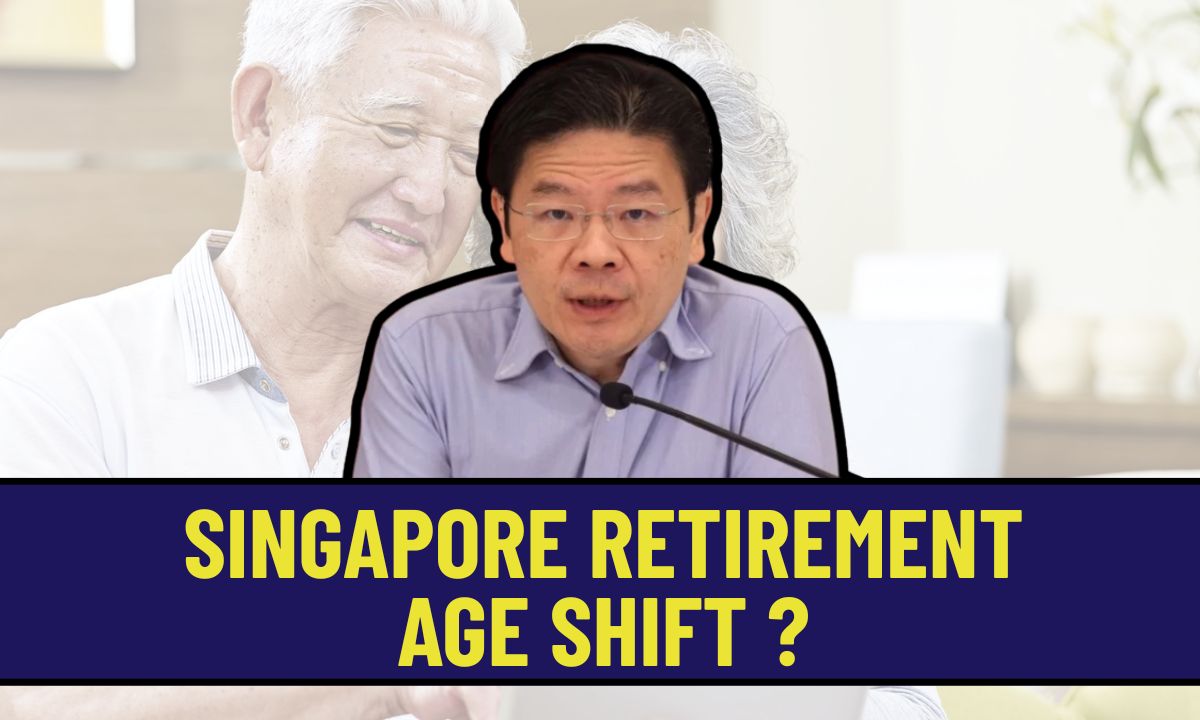Contrary to viral social media posts, Singapore is not abruptly raising the CPF payout age to 70. The official Payout Eligibility Age remains at 65, allowing CPF members to start receiving monthly payouts anytime between 65 and 70 based on their personal preference. The confusion stems from misinterpreted announcements and misleading online content. The key message remains clear: no one is forced to delay payouts beyond 65 unless they choose to.
What’s the Real Change on the Horizon?
From July 1, 2026, Singapore’s minimum statutory retirement age will increase from 63 to 64, and the re-employment age will rise from 68 to 69. This is part of a phased adjustment announced by the government back in 2019, with a final goal to shift retirement age to 65 and re-employment to 70 by the year 2030. This change is being rolled out gradually to allow businesses and workers enough time to adapt.
Why Roll In Gradually with Retirements?
Singapore, like many developed countries, is dealing with an ageing population and increasing life expectancy. The gradual increase in retirement and re-employment ages is designed to help older workers remain in the workforce longer, promoting financial independence and reducing reliance on savings or public assistance. It also helps companies retain experienced talent in a tight labor market. The approach ensures the changes are manageable and do not cause sudden disruption.
Employer Responsibilities and Support

Under Singapore’s Retirement and Re-Employment Act, employers are required to offer re-employment to eligible older workers up to the new age of 69 starting in 2026. These contracts are typically offered on a yearly basis and must meet basic conditions like satisfactory work performance and medical fitness. To help with costs, employers receive wage subsidies through schemes such as the Senior Employment Credit, which will also extend to support re-employment up to age 69 from 2026. Many companies, especially in the public sector, have already started adopting these new age limits ahead of the national schedule. For instance, some large unions and ministries have raised their internal retirement ages to 64 and 69 as of January 2025, setting the tone for other sectors to follow.
How It Affects You Personally
If you’re currently in your early 60s, these changes could mean new choices and added flexibility. You are not required to work longer, but if you’re healthy and willing, you can stay employed longer and continue building your retirement savings. Your CPF payouts can still start at 65 or later if you prefer a higher monthly payout. It’s all about giving you more options, not forcing your hand.
What Should You Do Now?
It’s a good time to check in with your HR department or employer to understand your specific retirement and re-employment terms. If you’re planning to continue working past 63 or 64, think about your long-term goals. Consider your health, skill set, and work preferences. Upskilling opportunities, flexible work arrangements, and phased retirement plans can all support this next chapter in your career.
What About Your CPF Savings?
The CPF payout schedule remains untouched. You are still entitled to start monthly payouts from age 65. If you choose to defer until 70, your payouts will be larger but it’s entirely up to you. This flexibility remains unchanged. Meanwhile, policies like the Flexi-MediSave scheme continue to support older Singaporeans in managing healthcare costs during retirement.
The Human Angle
These shifts in retirement policy are not just technical adjustments they’re deeply personal. For many Singaporeans, this is a chance to extend a fulfilling career, stay mentally active, or mentor the next generation. For others, it’s reassurance that they won’t be forced out before they’re ready. Singapore’s model aims to respect both sides, balancing national needs with personal dignity and choice.
Yes, Singapore is adjusting its retirement and re-employment ages but it’s doing so gradually, respectfully, and with ample support systems. Your CPF payouts are not delayed unless you want them to be. In the end, this is about giving you more control, not less, over how you choose to retire.




